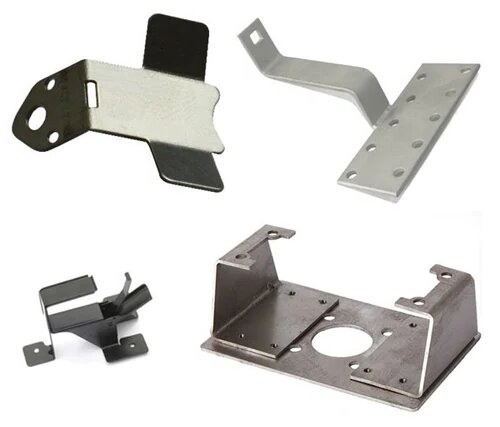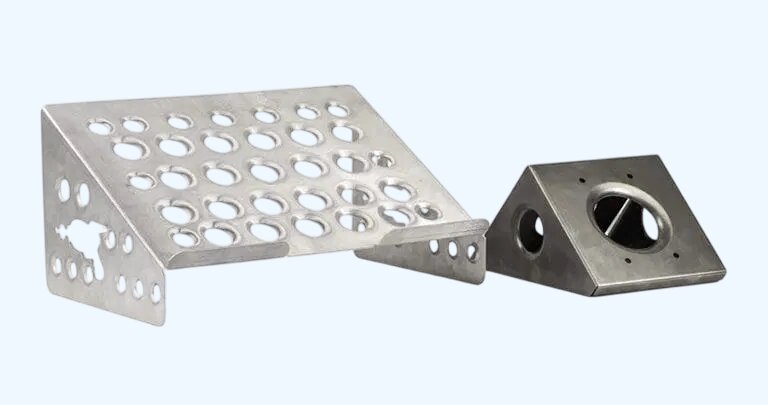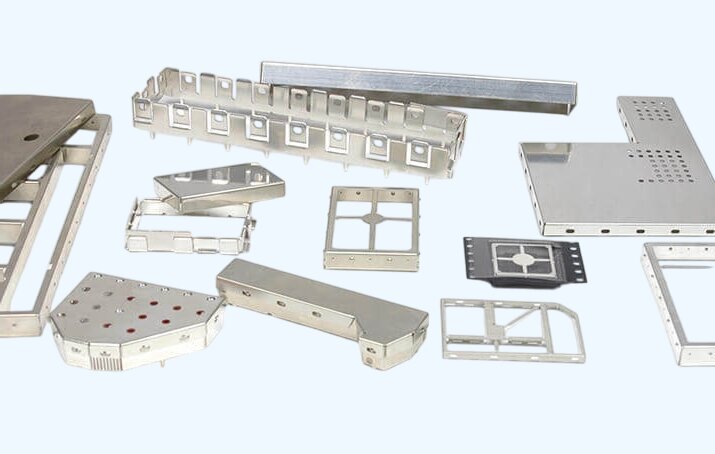Many believe tin may have magnetic properties because it is a standard metal. This belief often leads to confusion when sorting materials for electronics, construction, or even recycling. Choosing the wrong material can cause problems, wasted time, and added costs. Let’s clear up the facts and give you simple, straightforward information about tin and its magnetic properties.
Many metals act the same way, but the details matter. If you want to know why tin behaves differently, keep reading. The following sections will explain the science behind it and answer your questions.
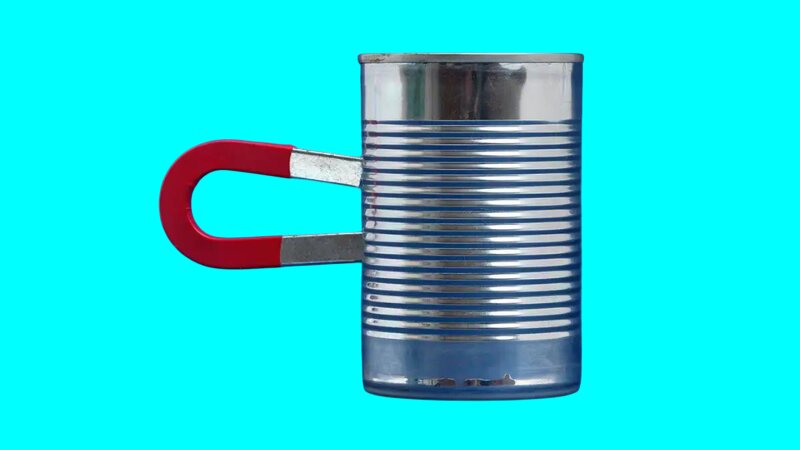
Basic Properties of Tin
Tin is used in many metalworking and electronic applications. To better understand its behavior, we need to start with its basic features.
Atomic Structure and Position in the Periodic Table
Tin has the atomic number 50. Its symbol is Sn, which comes from the Latin word “stannum.” It sits in Group 14 of the periodic table, along with carbon, silicon, and lead.
Tin atoms have 50 protons and 50 electrons. The outer shell contains four valence electrons. These electrons help tin form bonds with other elements. Because of this, tin can mix well with many metals.
Tin has two main forms, or allotropes, gray tin and white tin. At room temperature, tin stays in the shiny and metallic white tin form. When it drops below 13°C (55°F), it can slowly change into gray tin, which is brittle and dull.
Physical and Chemical Characteristics
Tin is a soft, silvery metal that bends easily and doesn’t rust in the air. That’s why it coats other metals like steel to prevent corrosion.
It melts at about 232°C (450°F), which is low compared to many other metals. This makes it useful in soldering. Tin also resists oxidation and doesn’t react quickly with water or oxygen.
Tin is not strong, but becomes useful when mixed with other metals like copper. For example, bronze is a mix of copper and tin. Tin’s ability to blend with other metals makes it valuable in alloys.
Is Tin Magnetic?
Tin may look like other common metals, but its behavior around magnets is very different. Let’s look at how it responds to magnetic fields and why.
Tin’s Magnetic Classification
Tin is classified as a diamagnetic material, which means it does not have its own magnetic field. When placed near a magnet, tin creates a weak force that pushes away from the magnetic field.
This is different from ferromagnetic materials like iron or nickel, which are strongly attracted to magnets. Tin’s diamagnetic effect is weak, so you won’t notice it in normal conditions.
Experimental Observations of Tin’s Magnetism
You will not see any movement in simple tests, like placing a magnet near a tin sheet or a tin-coated object. Tin shows no attraction. Even in lab settings with strong magnets, tin’s reaction is minimal and negative—slightly repels.
Researchers use sensitive tools like magnetic susceptibility meters to measure this effect. Results show that tin has a negative magnetic susceptibility value, which confirms its diamagnetic nature.
How Pure Tin Reacts to Magnetic Fields?
Pure tin shows the same weak repulsion to magnetic fields as other diamagnetic metals. The effect does not change much even if the tin is very pure.
The results can vary if the tin is part of an alloy or contaminated with magnetic elements. But pure tin, whether in solid form or thin layers, will not stick to a magnet or show visible attraction.
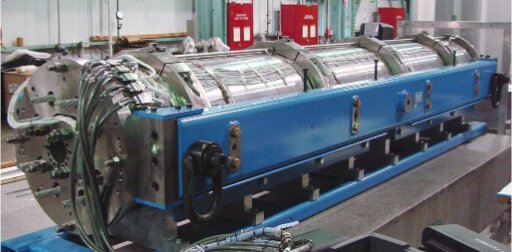
Tin’s Magnetic Behavior in Different Forms
Tin’s form can affect its behavior in some applications, but its magnetic nature stays mostly the same. Here’s how different forms of tin react to magnetic fields.
Tin Sheets and Foils
Tin sheets and foils are often used as coatings or layers in manufacturing. These flat forms may look like they could react to magnets, but they don’t. Even in large, solid sheets, tin stays diamagnetic. It does not attract magnets and does not hold any magnetic charge.
The size or thickness of the sheet doesn’t matter. Whether a thick tin plate or a thin foil, the material still weakly repulsions to magnetic fields.
Tin Powder
When tin is ground into powder, its surface area increases. This form is used in chemical processes and some metal printing methods. Even though the shape has changed, the magnetic properties stay the same.
Each tiny particle of tin powder still behaves like a weakly diamagnetic material. It won’t cluster near magnets or respond visibly to magnetic fields. However, if the powder is mixed with other metals or exposed to strong electromagnetic fields, interactions may occur due to those external factors—not the tin itself.
Tin Alloys and Their Influence on Magnetism
Tin is often mixed with other metals to form alloys. These alloys can show different magnetic behaviors, depending on what they contain.
For example:
- Bronze (tin and copper) is not magnetic.
- Solder (tin and lead, or tin and silver) is also non-magnetic.
- Pewter (tin-based) remains non-magnetic.
But if tin is mixed with small amounts of iron, nickel, or cobalt, the resulting alloy may show weak magnetic behavior. In that case, the magnetism comes from the added metals, not the tin.
So, the base rule is: pure tin and most tin alloys are not magnetic. Any magnetism in a tin-based material usually comes from other metals in the mix.
Factors Affecting Tin Magnetic Properties
Tin is diamagnetic, but certain factors can change how it behaves in specific settings. These changes don’t make tin magnetic but can affect how it interacts with magnetic fields.
Purity of Tin
Pure tin shows weak, consistent diamagnetic behavior. But tin may react differently when it contains impurities—especially magnetic elements like iron, nickel, or cobalt.
Even small traces of these elements can make tin samples slightly magnetic. This isn’t due to the tin but the mixed magnetic particles. So, high-purity tin is best when magnetic neutrality is required.
Alloying with Other Metals
Tin is often part of metal alloys. As mentioned earlier, the magnetic behavior of an alloy depends on the addition of other metals. If the added metals are magnetic, the overall material may react to a magnet.
The stronger the effect, the more of the magnetic element is added. For example, an alloy with tin and iron will show different magnetic properties than one with tin and lead.
Processing and Mechanical Stress
Usually, forming, bending, or heating tin does not change its magnetic properties. However, intense mechanical stress or cold working can cause slight shifts in electron structure in some metals, increasing magnetic sensitivity in certain alloys.
This effect is minimal with pure tin, though. Its magnetic behavior remains stable through most common manufacturing processes, such as stamping, casting, or coating.
Environmental Conditions
Chemicals, moisture, or air exposure don’t change tin’s magnetic nature. But those new compounds might behave differently if tin oxidizes or reacts with other materials. For instance, rusted or corroded tin mixed with external particles may show unexpected reactions under a magnetic field.
Tin stays magnetically quiet in controlled environments. But in harsh or contaminated settings, external factors—not the tin itself—may influence its magnetic response.
The Role of Temperature
Temperature can affect how some metals react to magnetic fields. For tin, these changes are subtle but still worth noting.
How Temperature Affects Tin’s Magnetic Response?
Tin is diamagnetic across a wide range of temperatures. Its weak magnetic repulsion remains almost the same whether it’s hot or cold. Heating or cooling tin doesn’t make it attracted to a magnet.
However, some metals enter special states like superconductivity at very low temperatures, such as near absolute zero. In that state, diamagnetism becomes stronger. Tin is one of the metals that can become superconducting when cooled below about 3.7 Kelvin (–269.45°C). At that point, it can completely repel magnetic fields. This is known as the Meissner effect.
In daily use, though, tin stays in its normal state. It won’t show any magnetic changes when heated or cooled during regular industrial processes.
Tin and the Curie Point – Is There One?
The Curie point is the temperature at which a ferromagnetic material loses its magnetism. This happens in metals like iron or cobalt.
But tin is not ferromagnetic. It doesn’t have a Curie point because it never becomes magnetic, even at low or high temperatures. Its diamagnetic nature stays stable without any sharp changes.
So, if you’re heating tin or working in high-temperature environments, there’s no risk of it suddenly becoming magnetic. Its magnetic response remains weak and negative through the entire temperature range.
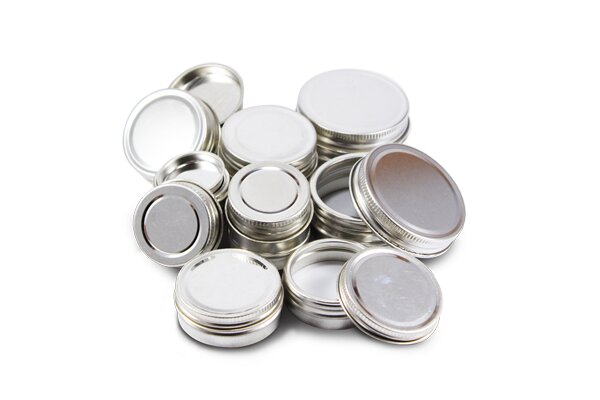
Applications Where Magnetism Matters
In many industries, materials’ magnetic properties can affect safety, function, or compatibility. Tin’s non-magnetic nature makes it a good choice in these situations.
Tin in Electronics and Circuit Boards
Tin is widely used in electronic products. One of the most common uses is in solder, which connects different parts of a circuit. Solder that contains tin helps hold components in place and keeps the electrical signals flowing.
Because tin is not magnetic, it doesn’t cause problems with nearby electronic parts. This is important for high-frequency circuits, where magnetic interference can cause data errors or lower performance.
Tin in Shielding or Non-Magnetic Applications
Some tools and machines must stay free from magnetic materials. MRI machines are a good example. They use strong magnets, so any magnetic part nearby can cause problems. Tin is useful here because it doesn’t get pulled by magnets.
Tin is also used in cable covers, metal housings, and small brackets. These parts need to be non-magnetic so they don’t affect nearby sensors or magnetic fields.
Aerospace and Medical Use Cases
Even a small magnetic pull can interfere with navigation or other systems in aircraft and satellites. Tin’s steady, non-magnetic behavior makes it safe for parts like wires, connectors, and coatings in these settings.
Tin is used in medical equipment where tools need to avoid causing signal problems. For example, tin won’t interfere with monitors or strong magnets in imaging machines.
Conclusion
Tin is not magnetic. It is a diamagnetic metal, which means it slightly repels magnetic fields. Whether in sheets, powder, or as part of standard alloys like bronze or solder, tin does not attract to magnets. Its magnetic behavior stays stable even under heat, cold, or stress.
Do you need custom metal parts that require non-magnetic materials? We provide fast, reliable sheet metal processing using a wide range of metals, including tin and tin-coated materials. Contact us now to get a quote or technical support.
Hey, I'm Kevin Lee

For the past 10 years, I’ve been immersed in various forms of sheet metal fabrication, sharing cool insights here from my experiences across diverse workshops.
Get in touch

Kevin Lee
I have over ten years of professional experience in sheet metal fabrication, specializing in laser cutting, bending, welding, and surface treatment techniques. As the Technical Director at Shengen, I am committed to solving complex manufacturing challenges and driving innovation and quality in each project.

